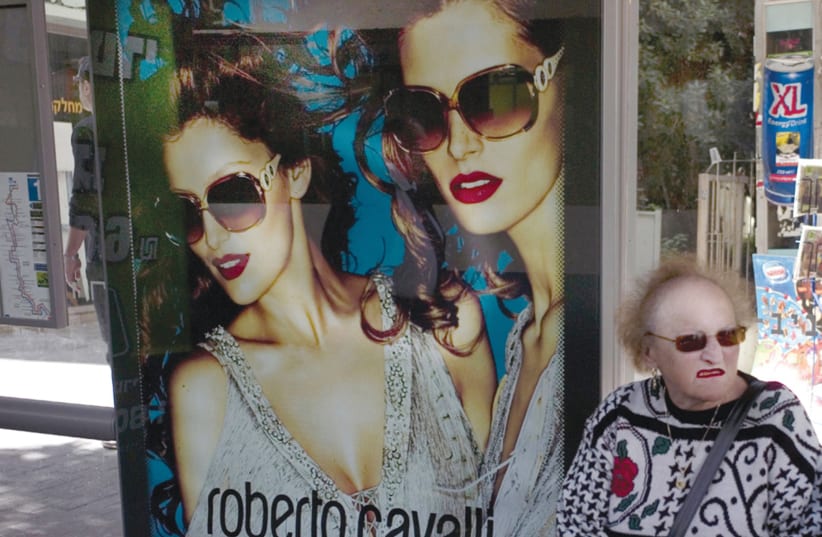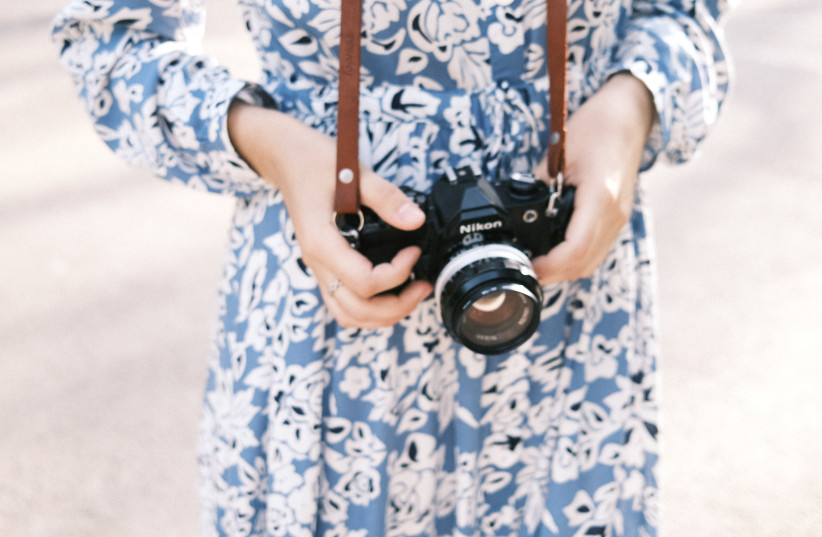Alex Levac has left quite an imprint on Israeli society over the past half-century or so. More to the point, he informed the way we view ourselves through his insightful candid shots of everyday life here.
That gift and the quality of his photographic oeuvre have not escaped the attention of the folks over at Google Arts and Culture. The application and online platform contains images of tens of thousands of artworks stored at over 3,000 cultural repositories across the world, including the Israel Museum and the White House.
The new solo show goes by the name of Flaneur, which derives from a term adopted by Jewish German philosopher Walter Benjamin to describe a person who roams city streets with no clear purpose other than to observe urban life. The exhibition is a first-time collaboration between Google Arts and Culture and the Tel Aviv Museum of Art and was compiled by the former curator of photography at the museum, Raz Samira.
All told, there are 22 works in the virtual spread dating from 1986-2022. The shots were snapped all over the country on Tel Aviv’s Allenby Street, in the Church of the Holy Sepulcher in the Old City of Jerusalem, Ramallah, the Gan Hashlosha resort and Nahal Oz, as well as right on the Tel Aviv Museum’s front porch.
How to interact with the exhibition
The interactive exhibition allows us to wend our way through the display areas of the virtual museum, and enjoy the works in full-screen display views. Some of the pictures come with commentary by Levac himself who provides anecdotal and informational backdrops.
“The camera is my means of expression,” Levac states. “I see myself as a researcher, as a small-time historian, a collector of testimonies in the Israeli living space. I am a sort of anthropologist, observer, documenter – all these, by means of the camera, are proof of what exists and what existed here.”
The matchup between Levac and Google Arts and Culture was initiated by Moriah Royz, a product manager Google’s Crisis Response team. Serendipity played its part in the project. Royz and her husband, a keen amateur photographer, bumped into Levac and when Royz discovered Levac had no website of his own with images of his works, she decided to utilize the 20% free time Google allocates to its employees to engage in personal projects to create the virtual exhibition.
Royz says she was driven by a sense of mission to get Levac’s multifaceted incisive work out to the world and to help shed light on aspects of Israeli society that don’t generally make it into the mainstream media.”
Royz commends her colleagues in the artwork venture, and says, “It is thanks to them that tens of millions of people all over the world will be introduced to Israeli reality, with all its complexities, as seen through Alex’s eyes.”
The Google Arts and Culture application and content can be accessed at artsandculture.google.com and apps.apple.com/app/google-arts-culture/id1050970557.

